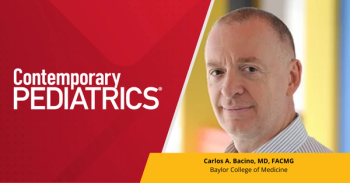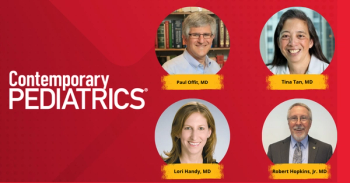
Tool can aid clinicians in discovering and assessing suicidality
For children experiencing suicidality, a quick and accurate assessment can mean a world of difference. A presentation at the virtual 2020 American Academy of Pediatrics National Conference & Exhibition offers a look at a tool that can help clinicians.
We like to imagine that childhood is the time of life to be carefree and without worry. The belief is at odds with the facts that suicide is the second leading cause of death for people aged 10 to 24 years and accounts for 20% of all deaths in that age group. Among children aged 10 to 14, it is the second leading cause of death among male children and the third leading cause of death among female children. It’s difficult to think about, but it’s also the 10th leading cause of death for children aged 5 to 10 years. Screening for suicidality is a necessity to help protect patients. In her presentation “Tools to assess and manage suicidality in youth” at the virtual 2020 American Academy of Pediatrics National Conference & Exhibition, Khyati Brahmbhatt, MD, associate clinical professor at the University of California, San Francisco, provided tools to help pediatricians screen for such thoughts.
Brahmbhatt first spoke of the challenge that exist for addressing suicide in the pediatric patients. Among patients with suicidal thoughts, only 29% will share this fact with an adult without being prompted. Eighty percent of pediatric patients who die by suicide were seen by a health care provider within the year preceding their death and 40% were seen by a health care provider within the month before their death. Often these patients were not asked about suicidality, which she speculated was due to clinicians feeling like they lack the tools to address suicide risk.
To aid in screening for suicide, she recommended setting up a pathway, which includes a brief initial screen that can take less than a minute, a brief suicide safety assessment that takes roughly 10 minutes, and a full mental health evaluation that takes about 30 minutes. She used the National Institute of Mental Health’s
For patients who have a positive risk, the next step is to run the
Newsletter
Access practical, evidence-based guidance to support better care for our youngest patients. Join our email list for the latest clinical updates.








